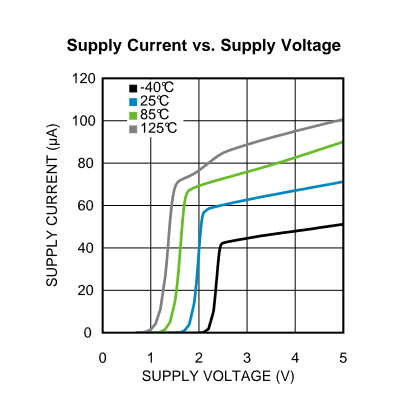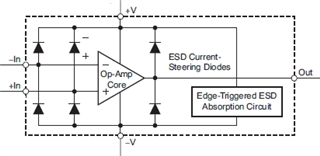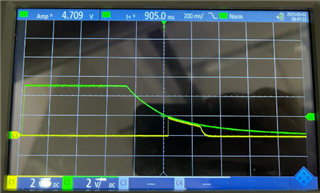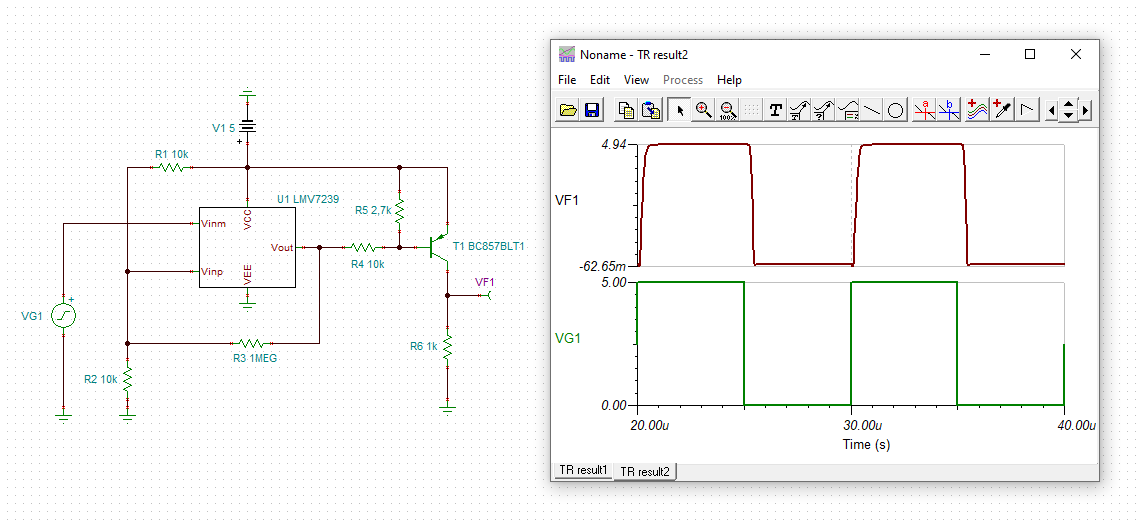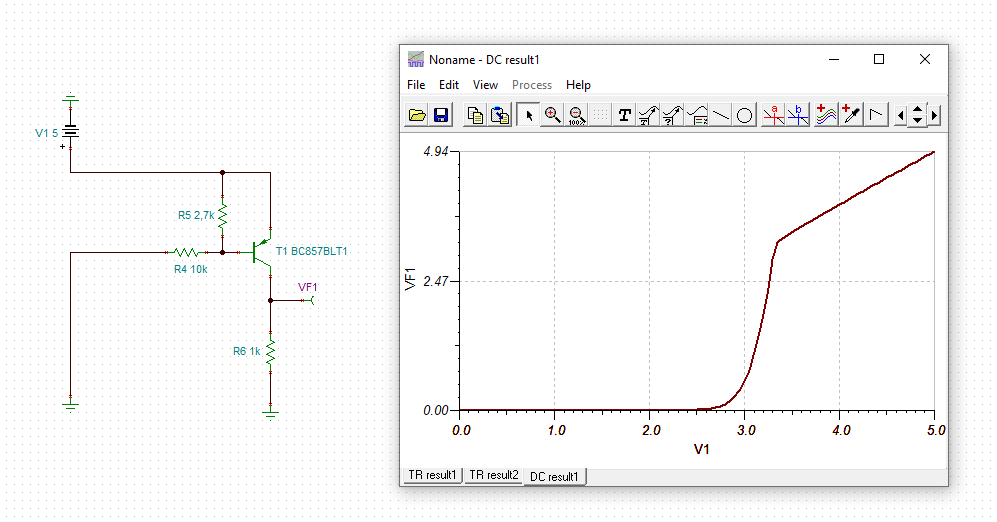Other Parts Discussed in Thread: TLV1821, TLV1811
I have a design as given attached figure.
During power down sequence of 5V supply, comparator outputs peak nearly 2V amplitude with ~100msec decaying waveform.
As it is seen in the figure, signal is applied with (+) terminal is 0V level during power down and normally i was expecting 0V logic low output, contrarily.
What could be the reason and more importantly how can i solve this problem?
(i can make a design change if you recommend an adequate solution)
Best regards
İlhan


